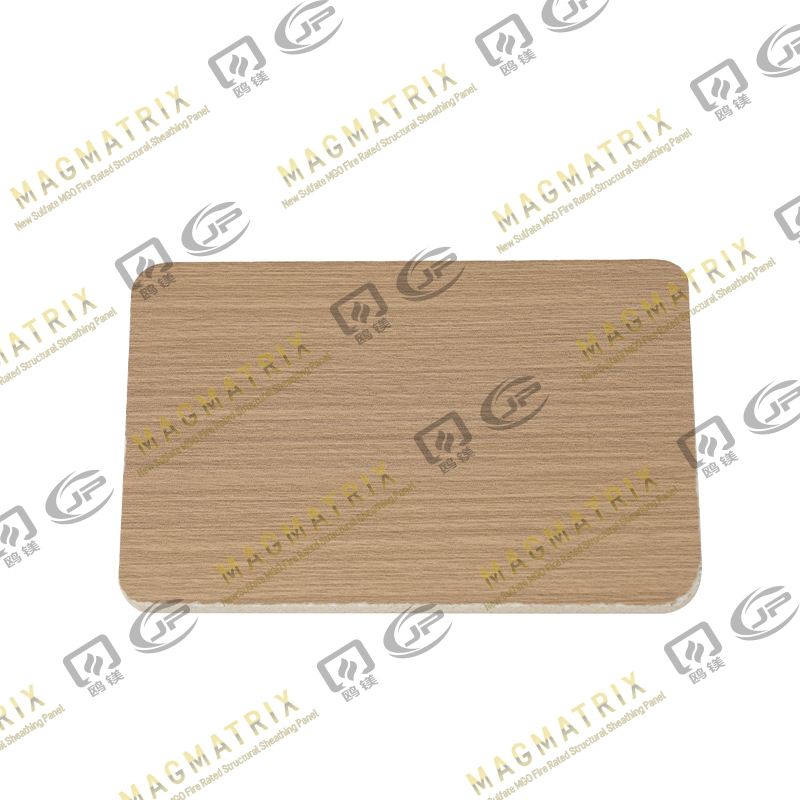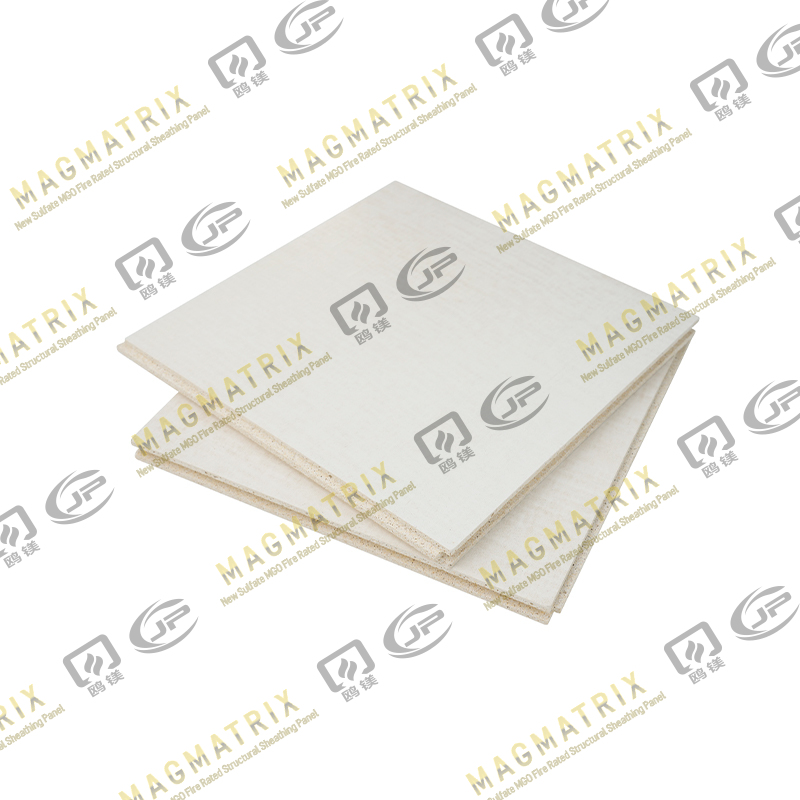
When comparing MgO board vs gypsum board, the differences in durability are truly striking. MgO boards can withstand fire for up to four hours, while gypsum boards typically last only 30 to 60 minutes in fire tests. This significant contrast is just one reason why more builders are reconsidering their material choices for long-lasting construction projects.
We've found that besides fire resistance, moisture performance is another crucial factor to consider. Gypsum boards absorb water easily, leading to problems like swelling and mold growth, making them unsuitable for damp areas like bathrooms and basements. When evaluating MgO board vs drywall cost, it's important to look beyond the initial price tag. Although MgO boards are generally heavier and more expensive upfront, their exceptional durability against heavy impacts and moisture resistance might offer better long-term value.
However, each material has its place in construction. Gypsum boards remain popular for quick, cost-effective projects due to their wide availability and easier installation. Ultimately, your specific needs will determine which option makes more sense for your project. In this guide, we'll break down all the key differences between these materials to help you make the best choice for lasting performance.
Material Composition and Build Quality
The fundamental differences between MgO board and gypsum board stem from their core compositions, which directly influence their performance characteristics. Understanding these material differences helps explain why each product behaves differently under various conditions.
Core Materials: Magnesium Oxide vs Calcium Sulfate
MgO boards primarily consist of magnesium oxide combined with binding agents and reinforcement materials. Most quality MgO boards contain approximately 85% magnesium oxide, which provides exceptional fire and water resistance. The binding agent can be either magnesium chloride (MgCl₂) or magnesium sulfate (MgSO₄), creating slight variations in performance. Boards using magnesium sulfate as a binder typically offer better moisture resistance.
In contrast, gypsum boards (also called drywall) are made predominantly of calcium sulfate dihydrate—accounting for approximately 78% of their composition. This gypsum core is naturally fire-resistant but lacks the moisture resistance of MgO. Furthermore, the chemical structure of gypsum makes it more susceptible to water damage and deterioration over time.
Reinforcement Layers: Fiberglass Mesh vs Paper Facing
The reinforcement materials used in each board type play a crucial role in their structural integrity. MgO boards typically incorporate fiberglass mesh, giving them a cloth-like internal structure. This fiberglass reinforcement significantly enhances the board's impact resistance, allowing quality MgO boards to achieve an impressive impact strength of 4.5 kilojoules or higher.
Gypsum boards, conversely, use paper facing on both sides of the calcium sulfate core. This paper reinforcement provides adequate strength for standard applications but only delivers an impact strength of approximately 1 kilojoule. Consequently, gypsum boards are considerably more vulnerable to cracking and breaking under impact.
For specialized applications, some premium gypsum products now use fiberglass mat facing instead of traditional paper. Nevertheless, these specialty products still cannot match the overall strength and durability of standard MgO boards.
Density and Thickness: 8-12mm vs 9.5-15mm
MgO boards feature a lower density range of 0.85–1.2 g/cm³, making them relatively lightweight despite their strength. This lower density results from the integration of glass fiber reinforcement that creates a strong yet less dense material structure.
Gypsum boards typically have a higher density between 1.2-1.3 g/cm³. Despite this higher density, they offer less strength than MgO boards—requiring more material to achieve comparable performance. As a noteworthy point of comparison, MgO boards achieve a bending strength of 18-27 MPa compared to gypsum's mere 5.6 MPa.
Both materials come in various thicknesses to suit different applications:
- MgO boards typically range from 8-12mm
- Gypsum boards generally come in 9.5-15mm options
These material composition differences explain why MgO boards generally outperform gypsum boards in demanding environments, especially where moisture resistance and structural integrity are primary concerns.
Durability and Lifespan in Real Conditions
The real test of building materials happens not in laboratories but in everyday conditions where they face constant challenges. Understanding how MgO board vs gypsum board perform under real-world stress reveals their true durability and value proposition.
Impact Resistance: High-Traffic Areas and Load-Bearing Walls
Impact strength determines how well boards withstand daily wear and tear. MgO boards demonstrate superior impact resistance with strength ratings of 4.5 kilojoules or higher, primarily thanks to their fiberglass mesh reinforcement. This makes them ideal for high-traffic areas like schools and hospitals where walls frequently experience impacts.
Gypsum boards, specifically, show significantly lower impact resistance at approximately 1 kilojoule, making them vulnerable to dents, cracks, and breaks under pressure. Even specialized drywall products like PURPLE XP® Hi-Impact® provide additional protection in areas prone to cavity penetration, yet still fall short of MgO's natural resilience.
Moisture Resistance: Bathrooms, Kitchens, and Basements
Moisture performance presents perhaps the most dramatic difference between these materials. MgO boards remain structurally sound even after 100 days of water submersion, making them excellent choices for bathrooms, kitchens, and basements.
Conversely, standard gypsum boards have a surface moisture absorption rate of nearly 3%, causing them to swell, warp, and eventually disintegrate when exposed to moisture. Although moisture-resistant gypsum variants exist (often called greenboard), they still underperform compared to MgO boards in consistently humid environments.
Fire Resistance: 4-Hour vs 1-Hour Ratings
Fire safety represents another crucial area where these materials differ substantially. MgO boards maintain their non-combustible properties at temperatures up to 1,472°F (800°C), earning them fire ratings of up to 4 hours.
Gypsum boards rely on their water content for fire resistance, which evaporates when heated, temporarily slowing flame spread. However, they typically achieve only 30-minute to 1-hour fire ratings, offering substantially less protection than MgO boards.
Weather Tolerance: Freeze-Thaw and Humidity Performance
Environmental resilience becomes especially important for exterior applications. MgO boards withstand repeated freeze-thaw cycles without significant degradation, unlike many traditional building materials that experience up to 33% reduction in compressive strength after numerous freeze-thaw cycles.
Furthermore, MgO boards maintain dimensional stability in varying humidity conditions, whereas gypsum boards commonly expand and contract with humidity changes, leading to cracking and joint failures over time. This superior weather tolerance makes MgO boards particularly valuable in regions with extreme climate variations or seasonal temperature swings.
Installation and Maintenance Over Time
Installation practices substantially influence the performance and lifespan of wall systems, with MgO board and gypsum board requiring different approaches and resources for optimal results.
Ease of Installation: Cutting, Fastening, and Finishing
Contradictory information exists regarding which material is easier to install. Primarily, gypsum boards are considered more installer-friendly for their straightforward application process, requiring minimal expertise. Meanwhile, MgO boards often demand more technical knowledge, potentially increasing labor costs.
Alternatively, some professionals report that MgO boards are actually simpler to install since they don't require specialized tools and can be installed using nail screws or pneumatic nailing. This conflicting information suggests that installation ease may depend on contractor experience and project specifics.
For fastening, both materials need proper technique. MgO boards should be fastened at least 12mm from edges and 50mm from corners to prevent cracking. Fasteners should be positioned approximately 9/16" from board edges, with perimeter fasteners placed 6" apart and center fasteners 12" apart.
Weight and Handling: 20-30kg vs 7-10kg per Sheet
Weight differences create notable handling challenges. MgO boards weigh substantially more (20-30kg per sheet) compared to gypsum boards (7-10kg per sheet). This weight differential makes gypsum boards easier to maneuver during installation, essentially reducing physical strain on workers.
For safety and efficiency, at least two people should carry full MgO boards, and when carrying single panels, holding them vertically is recommended. The heavier weight of MgO boards can complicate handling but contributes to their superior durability.
Maintenance Needs: Surface Repairs and Replacements
MgO boards excel in maintenance aspects, requiring fewer repairs over time thanks to their moisture resistance. Since their surface doesn't absorb water, they resist swelling, bending, or breaking when wet. This characteristic significantly reduces long-term maintenance requirements, particularly in bathrooms or basements.
Before finishing MgO boards, several steps are necessary: clean the surface, check for proper installation, select compatible finishes, apply primer if needed, and use joint compound and tape for seamless surfaces.
Tool Requirements: Diamond Blades vs Utility Knives
Tool requirements differ substantially between materials. Gypsum boards can be cut with standard utility knives, making them accessible for DIY projects. Conversely, MgO boards generally require power tools with carbide or diamond blades due to their density and hardness.
For cutting MgO boards, a carbide-tipped scoring knife or power saw with carbide blade is recommended. Circular cuts need specialized equipment like a Roto Zip or Dremel with cement board bits. Though these tools represent additional investment, they ensure clean cuts without damaging the material's structural integrity.
Cost vs Longevity Value
Beyond physical properties, the financial implications of choosing between MgO board and gypsum board merit careful consideration. Initial costs often drive decisions, yet the long-term value presents a more complete picture.
Initial Material Cost: MgO Board vs Drywall Cost
Pricing differences between these materials are substantial. MgO boards typically cost between USD 1.50 and USD 3.50 per square foot, reflecting their superior durability and performance characteristics. In contrast, standard gypsum boards are significantly more affordable, ranging from USD 0.30 to USD 0.70 per square foot, with specialty moisture-resistant versions costing up to USD 1.00 per square foot.
This price gap means MgO boards can be 2-4 times more expensive upfront than traditional drywall, creating an immediate budget impact for large projects.
Labor and Equipment Costs
Installation expenses further widen the cost differential. MgO board installation requires skilled labor due to the material's weight and density, with labor costs typically ranging from USD 3.00 to USD 8.00 per square foot. Additionally, special tools such as carbide-tipped saw blades and stainless steel screws are necessary, representing another investment.
Curiously, some sources claim MgO boards can be installed faster using a "tile" approach to joint finishing, allowing same-day or next-day painting. This method potentially offsets some labor costs through reduced installation time.
Long-Term Savings: Repairs, Replacements, and Energy Efficiency
Initially, deck board repairs cost between USD 10.00 and USD 50.00 per square foot, making frequent maintenance expensive. Herein lies the compelling case for MgO boards - their exceptional durability translates to fewer repairs over time.
The average deck repair costs USD 1,465, with many homeowners spending between USD 570 and USD 2,600 on maintenance. By minimizing these recurring expenses, MgO boards potentially deliver substantial savings throughout a building's lifecycle.
Moreover, MgO boards' fire-resistant properties might reduce insurance premiums, providing another avenue for long-term savings. Indeed, their resistance to moisture, mold, and pests eliminates many common causes of drywall replacement, making them financially advantageous despite higher upfront costs.
Homeowners typically enjoy an 89% return on investment for new deck installations, suggesting quality materials like MgO boards can maintain or even enhance property value.
Environmental and Health Impact Over Time
Building materials directly impact occupant health by affecting indoor air quality over a building's lifetime. Health considerations often prove equally important as structural durability when comparing MgO board vs gypsum board.
VOC Emissions and Indoor Air Quality
The chemical composition of building materials significantly influences indoor environments where people spend approximately 90% of their time. MgO boards stand out as a healthier option because they contain no harmful chemicals like formaldehyde, asbestos, or silica. This absence of toxins translates to negligible volatile organic compound (VOC) emissions throughout the material's lifespan.
Conversely, gypsum boards, particularly those containing synthetic additives, can release toxins like fly ash when cut. Some gypsum products contain heavy metals that potentially harm both health and environment. For individuals with respiratory conditions or chemical sensitivities, these emissions present serious concerns over time.
Recyclability and End-of-Life Disposal
At life-cycle completion, building materials create varying environmental impacts:
MgO boards offer excellent recyclability options:
- Larger broken pieces can be reused in construction
- Ground material serves as filler in new construction products
- Crushed material can degrade naturally as soil stabilizer
In contrast, gypsum boards pose greater disposal challenges. Their recycling is less common, frequently resulting in landfill waste. According to research, landfilled gypsum potentially releases hydrogen sulfide gas—harmful to both health and environment.
Mold and Pest Resistance: Long-Term Health Benefits
MgO's antimicrobial properties naturally resist mold, mildew, and fungus, providing substantial long-term health benefits. This resistance makes MgO boards particularly valuable in high-moisture areas where mold growth typically threatens indoor air quality.
Furthermore, MgO boards' chemical composition (MgSO₄) actively deters termites and other wood-boring insects. Being completely inorganic without any foodstuff, MgO boards eliminate habitat for termites, carpenter ants, and similar pests. This pest resistance contributes to healthier living environments without requiring chemical treatments that introduce additional toxins.
Comparison Table
| Characteristic |
MgO Board |
Gypsum Board |
| Material Composition |
85% magnesium oxide |
78% calcium sulfate dihydrate |
| Reinforcement |
Fiberglass mesh |
Paper facing |
| Density |
0.85-1.2 g/cm³ |
1.2-1.3 g/cm³ |
| Typical Thickness |
8-12mm |
9.5-15mm |
| Fire Resistance |
Up to 4 hours |
30-60 minutes |
| Impact Strength |
4.5+ kilojoules |
1 kilojoule |
| Bending Strength |
18-27 MPa |
5.6 MPa |
| Moisture Resistance |
Remains stable after 100 days submersion |
3% surface moisture absorption rate |
| Weight per Sheet |
20-30kg |
7-10kg |
| Cutting Tools Required |
Power tools with carbide/diamond blades |
Standard utility knives |
| Cost per Square Foot |
$1.50-$3.50 |
$0.30-$0.70 |
| Installation Labor Cost |
$3.00-$8.00 per sq ft |
Not mentioned |
| VOC Emissions |
No harmful chemicals |
May contain synthetic additives |
| Mold Resistance |
Naturally resistant |
Susceptible to mold growth |
| Recyclability |
Highly recyclable |
Limited recycling options |
Conclusion
After thoroughly comparing MgO boards and gypsum boards across multiple factors, the difference in longevity becomes strikingly clear. Throughout our analysis, we've seen that MgO boards significantly outperform traditional drywall in nearly every durability metric. Their superior fire resistance—lasting up to four hours compared to gypsum's mere 30-60 minutes—represents just one aspect of their enhanced performance profile.
Undoubtedly, the initial cost difference presents the most immediate consideration for many builders and homeowners. While MgO boards cost 2-4 times more upfront, this price gap narrows considerably when examining long-term value. The exceptional moisture resistance and structural integrity of MgO boards translate to fewer repairs and replacements over time, potentially offering better financial returns despite higher initial investment.
Environmental factors likewise favor MgO boards. These panels contain no harmful chemicals and offer excellent recyclability options, whereas gypsum boards may release toxins when cut and present greater disposal challenges. Additionally, MgO's natural resistance to mold and pests creates healthier living environments without chemical treatments.
Nevertheless, gypsum boards remain practical for many applications, particularly in dry, low-traffic areas where their lighter weight and easier cutting make installation more straightforward. Despite their limitations, these traditional panels still serve adequately in numerous construction scenarios where extreme durability isn't essential.
Ultimately, the choice between these materials depends on specific project requirements and priorities. For bathrooms, basements, or exterior applications where moisture exposure is likely, MgO boards clearly represent the superior option.
Conversely, for quick interior renovations with controlled environmental conditions, gypsum boards may suffice. We recommend weighing both immediate budget constraints and long-term performance needs before making your final selection.
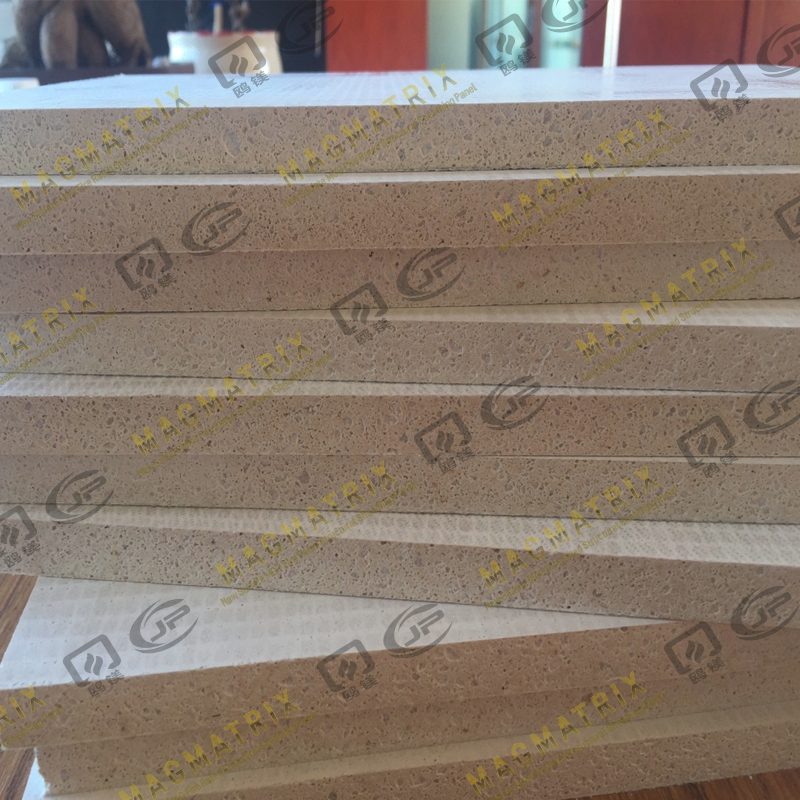 BMSC 517 New Sulfate MgO Board
BMSC 517 New Sulfate MgO Board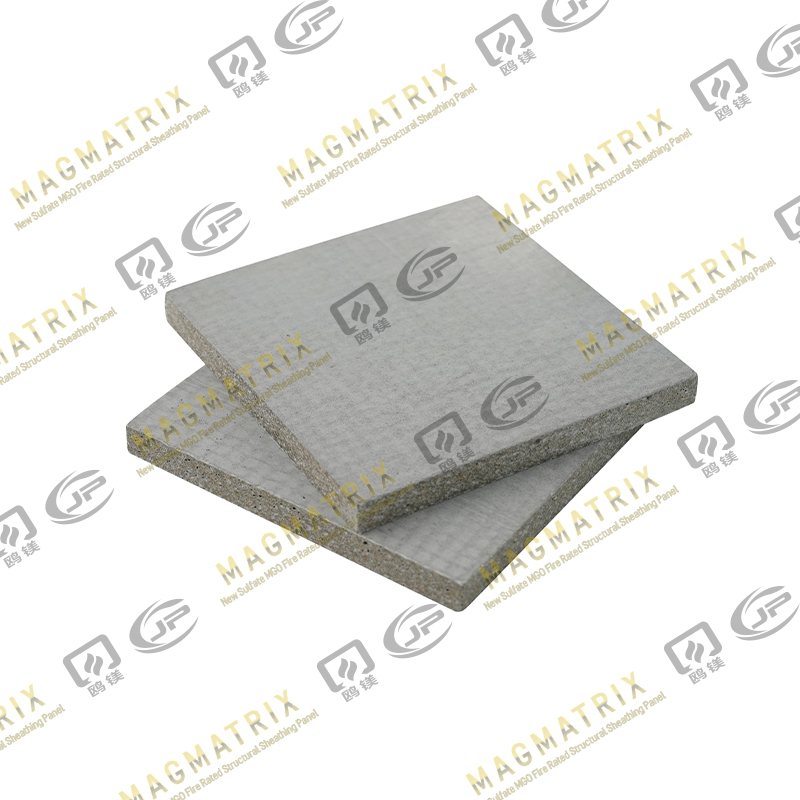 Multi-Support MgO Wall Sheathing Board
Multi-Support MgO Wall Sheathing Board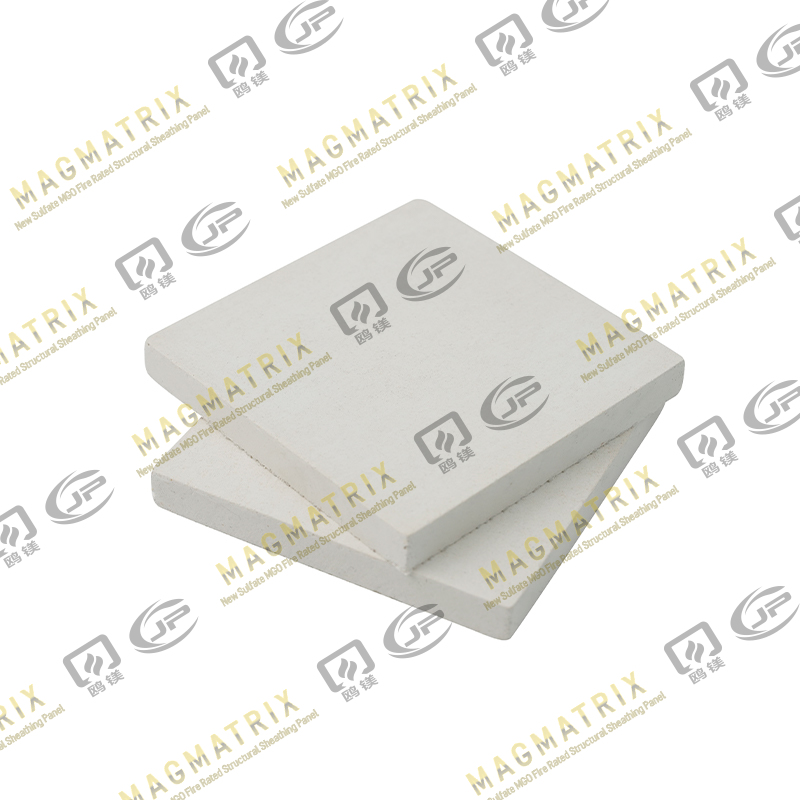 Perseverance MgO Wall Sheathing Board
Perseverance MgO Wall Sheathing Board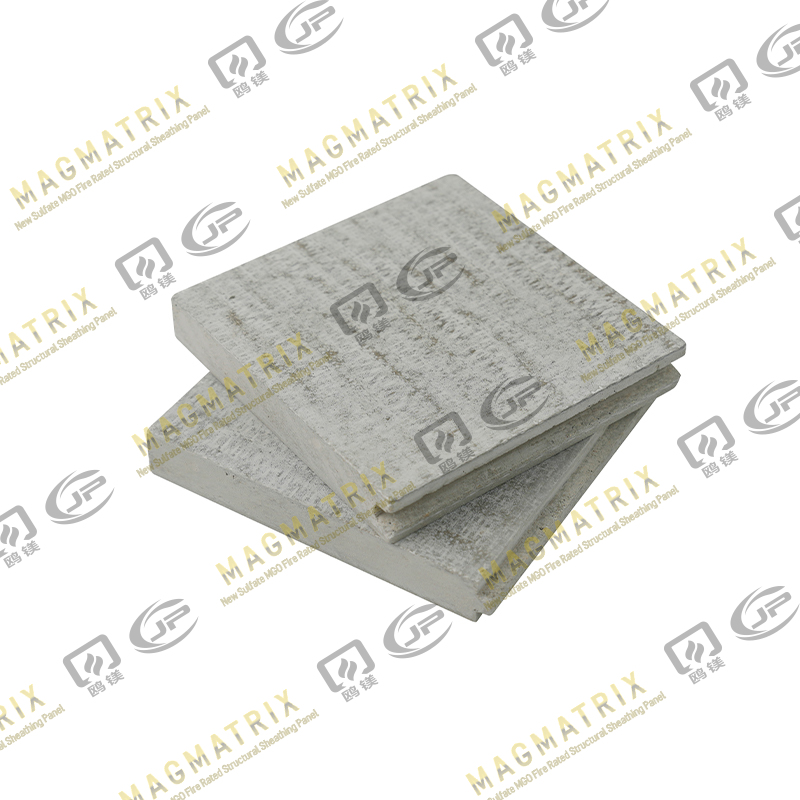 Multi-Support MgO Subfloor Sheathing Board
Multi-Support MgO Subfloor Sheathing Board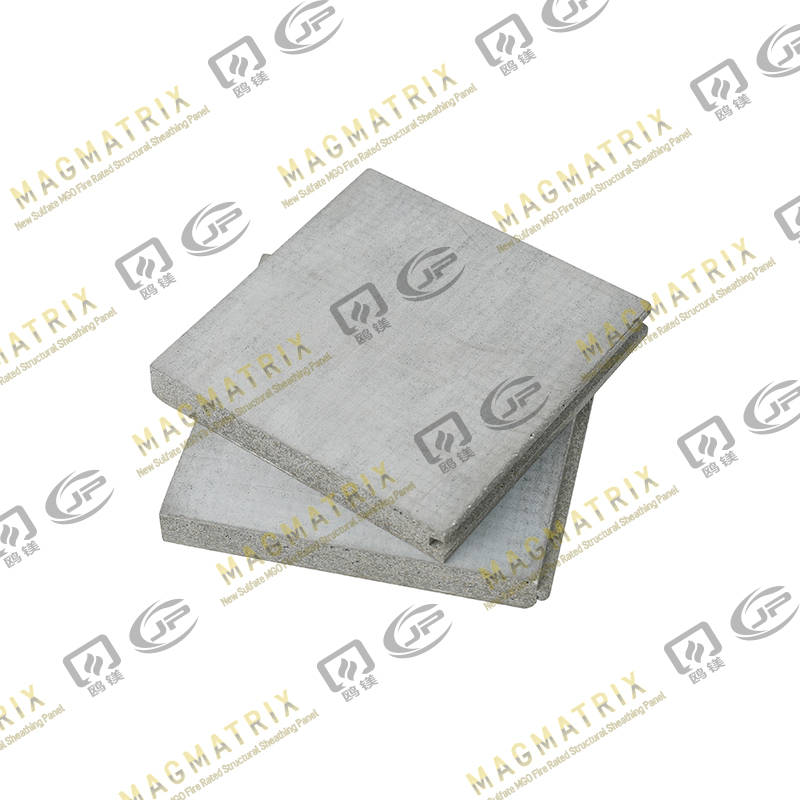 Perseverance MgO Subfloor Sheathing Board
Perseverance MgO Subfloor Sheathing Board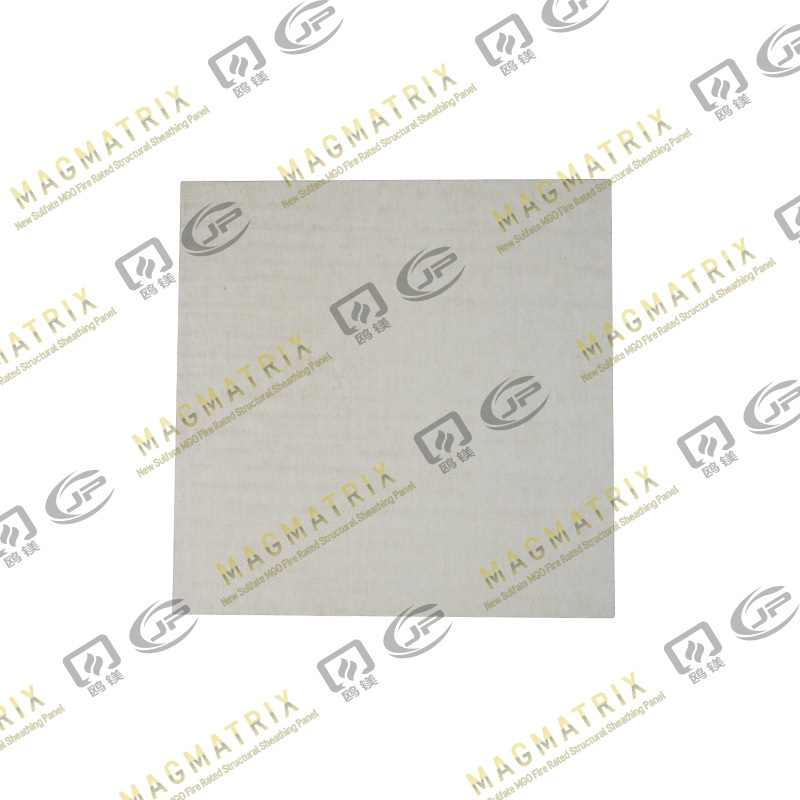 MagMatrix MgO Underlayment Panel/board
MagMatrix MgO Underlayment Panel/board


 English
English русский
русский Español
Español
